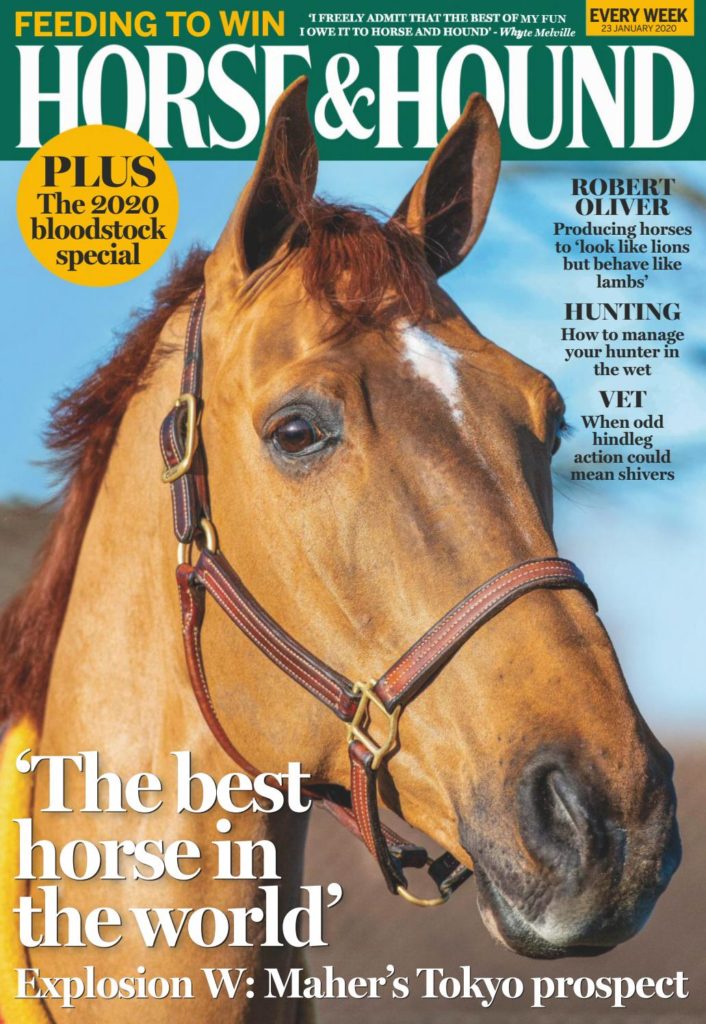How do you manage your cross-country timing while sparing your horse ?
How do you complete the cross-country in the given time frame while sparing your horse? In order to manage it as well as possible, remember that speed is not the most important thing. And that won’t stop you from winning!
How do you walk the course to optimise your time?
Walking the course is crucial because that’s when you can assess the technicality and the subtleties of the obstacles and combinations. And it is also the only time that you can see the course as a whole. This allows you to understand where you can gallop to make up time, the places with more twisty trails, where you have to let your horse take a deep breath, and where you will need to increase your pace.
How to check your equipment and prepare for the start?
I’ll give you a personal tip: always check the batteries of your stopwatch. I always have a spare battery in the box, and above all, I always check that my stopwatch works before going off to the course. Another tip: in the start box, I always press start on my stopwatch at 2, when I hear the countdown: 3-2-1 Go!
It’s a double fail-safe. If I cross the finish line in the given time, then I’m sure of the result displayed on my stopwatch. Moreover, when galloping out of the start box, your horse is often rearing to go and goes off at full speed. If you miss the button, it’s going be hard to push it later with your horse speeding ahead. So, do it 2 seconds before to avoid missing it!
How do you stay on pace using the minute markers and your stopwatch?
It’s quite simple. You take the average cross-country speed which is imposed for the test. Let’s say, you’ve got 500 meters / min, which means that when you gallop out of the start box, there will be a minute marker 500 meters later on the course, which will be the same colour as your first obstacle. Let’s just say it is red, so 500 meters later, you will have a red marker point that indicates the « first minute ». So now, your stopwatch should beep at the marker. If it beeps before the marker, you’re late, and after the marker, you’re early. When walking the course with your coach, you’re going to determine where you can afford to be a little late and where you must be early to finish in the given time.
When you gallop out of the start box, it’s important to set a good pace. However, I recommend you start off at a reasonable speed, in order to “settle” your horse on the first fences and the first combination, which is crucial. It’s the first series of technical obstacles and your horse needs to gain confidence. The number one rule in cross-country is to have a confident horse that is forward and brave. It is essential to enter the cross-country with confidence.
How do you adapt to your horse?
Apart from the topography and the course design, you must also consider the breed of your horse, as well as his current physical condition. You need to analyse the uphill and downhill slopes and decide where you’re going to let your horse catch his breath. Some horses are born to gallop and some are born to jump. You have to know the strengths and weaknesses of your horse and adapt to them.
How to avoid making mistakes towards the end of the course?
Be careful towards the end of the course, in terms of safety of course, but also in terms of mistakes. A refusal earns 20 penalty points. A fall means an elimination! While an extra second is only penalised by 0.4 point. And that’s not much. It’s better to make sure you finish the course safely than riding dangerously!
Towards the end of the course, you have to consider the obstacles as more difficult than they actually are. Because, if your horse is tired, the level of difficulty increases. You must therefore remain vigilant and know your horse well.
Do you have difficulties finishing the cross-country within the given time ? Or difficulties towards the end of the course ? Leave me a comment here.

